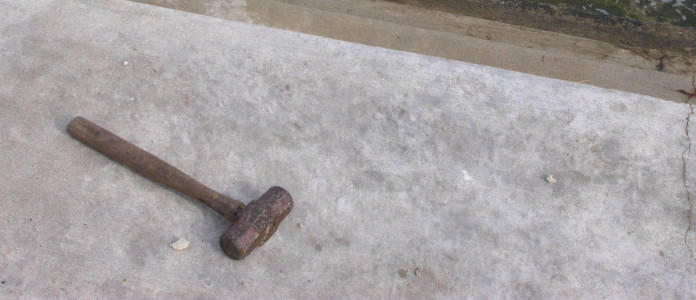Far-future cache headers are important for the performance of a site. Plenty of advice can be found on the internet about why you should set the cache headers for your static assets to a year in the future. But with far-future cache headers comes the need to be able to bust the cache when a file changes.

My favorite method of cache busting is the method espoused by Steve Sounders
and used in HTML5 Boilerplate
that rewrites a URL like /js/script.20140107.js to the file at
/js/script.js.
I actually use a slightly modified rewrite of the H5BP method that allows the
a-f characters. It's a small change, but that lets me use the SHA1 of the
file as cache busting. I use this so much at work, in fact, that I wrote an
ExpressionEngine plugin called Buster
to do exactly that: calculate the SHA1 of a static asset and stick it into
that asset's URL.
In Apache's configuration, it basically looks like this.
<IfModule mod_rewrite.c>
RewriteEngine On
RewriteCond %{REQUEST_FILENAME} !-f
RewriteCond %{REQUEST_FILENAME} !-d
RewriteRule ^(.+)\.([0-9a-f]+)\.(js|css|png|jpg|gif|svg)$ $1.$3 [L]
</IfModule>
But this post isn't about Apache configs or ExpressionEngine. It's about Node.js.
When I started using Node.js, I missed my standard Apache rewrite that allowed me to easily invalidate cached assets. Call me blunt, but I didn't see a good module on NPM to do this, and it frustrated me.
It wasn't until much later that I realized there wasn't a good module on NPM for this because there's no need for one. All you need for good URL rewriting is – hold on to your hats, this may come as a surprise – to rewrite the URL.
The strategy, then, is to rewrite the URL before it gets to the code that services the static assets with far-future caching. In a recent project, I used the node-static module to serve my static assets.
var file = new(static.Server)('./public', { cache: 86400*365, gzip: true });
var server = http.createServer(function(req, res) {
// ... other logic ...
// Rewrite the URL before it gets to node-static.
req.url = req.url.replace(/\/([^\/]+)\.[0-9a-f]+\.(css|js|jpg|png|gif|svg)$/, "/$1.$2");
req.addListener('end', function () {
//
// Serve files!
//
file.serve(req, res);
}).resume();
});
Here, node-static expects the actual name of the file to serve. But before the
URL even gets to node-static, we simply rewrite the URL from asset.a35f69.js
to asset.js, which is exactly what node-static wants. It never even sees the
cache-busting junk in the middle.
I've also used Express to build websites in Node.js, and the concept is the same. Before the URL gets to Express' static middleware, we need to rewrite the URL.
var app = express();
// Rewrite the URL before it gets to Express' static middleware.
app.use('/public/', function(req, res, next) {
req.url = req.url.replace(/\/([^\/]+)\.[0-9a-f]+\.(css|js|jpg|png|gif|svg)$/, "/$1.$2");
next();
});
app.use('/public/', express['static'](__dirname + '/public', { maxAge: 30 }));
It just takes a line or two using either Node's raw HTTP server or Express to rewrite URLs for static assets. No NPM module required.